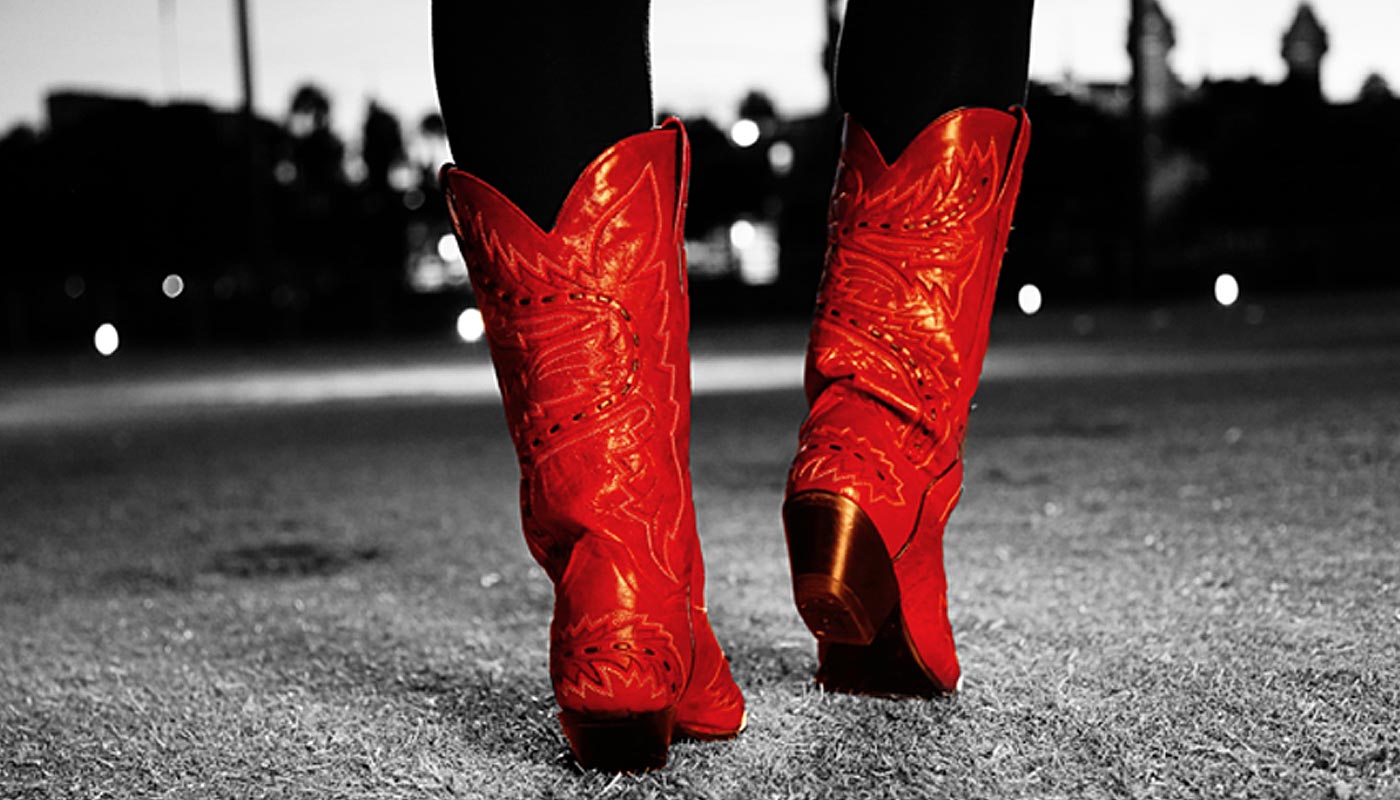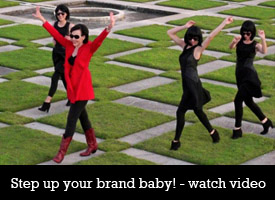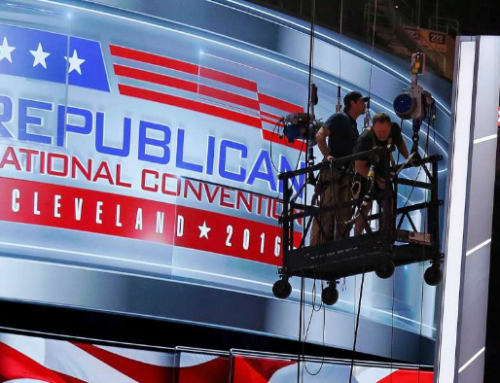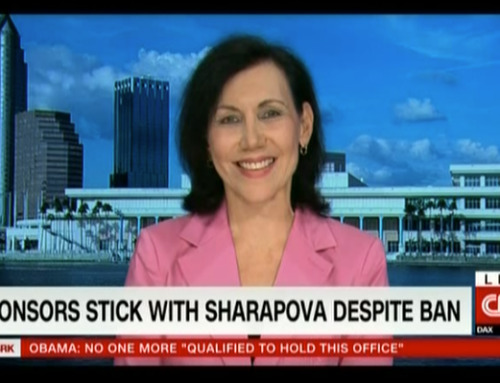 Brand and branding are a part of everyday life, pop culture and even the media. It’s not uncommon to hear a journalist, a high school kid or even a seemingly out of touch, very mature person talk about brands, what they love, hate or the latest news about them. So if the world is brand-driven, why do so many individuals and businesses get the brand-building dance so wrong?
Brand and branding are a part of everyday life, pop culture and even the media. It’s not uncommon to hear a journalist, a high school kid or even a seemingly out of touch, very mature person talk about brands, what they love, hate or the latest news about them. So if the world is brand-driven, why do so many individuals and businesses get the brand-building dance so wrong?
Branding is not rocket-surgery or tango on a tightrope. In fact, the principles behind a great brand are quite simple. Where I see the weakest brands, I also see patterns of missteps that a little planning, practice and discipline can correct.
The stage for any brand, including speakers, consultants, trainers, authors and entrepreneurs have a lot of similar factors to face. Competition is more intense than ever, as buyers are often uniformed and or confused out of their minds and our world is noisier than ever.
Great brands break through all of this chaos.
Your brand, if done right can actually have a powerful affect on your competitors’ brands. When your brand is perceived as memorable and distinct, the competition will appear like a lost guppy in a sea of sameness, standing for nothing special and with no compelling value.
If thoughtfully planned, your brand can turn the uninformed consumer into a smart buyer. In addition, by getting your brand kicking on all cylinders, your other marketing and sales efforts will be so much more effective.
So what are you waiting for?
Get your branding boots on and let’s shuffle through five critical steps of brand building that will improve your bottom line and make new business development easier and more fun.
When I entered into the speaking business in 2000 my tank of resources was bone dry. I had no experience as a professional speaker, and I had just lived through a really bad experience with a dot.com investment that wiped out all of my bank accounts and 99% of my confidence.
Fast-forward 14 years, today I own a successful and rewarding branding firm. I speak professionally, I’m a published author of two books, and lead a consulting practice. I credit my commitment to building my brand as the Branding Diva® as the number one game-changer in achieving these career results and enjoying a very comfortable quality of life.
Here are the steps I took that can be applied to any organization or individual brand. While I love to dance, if you have two left feet, that is no excuse to miss out on having a rocking brand.
Get clear on what your brand is and is not.
Your brand is the sum of all you do. It’s the impression you create from your story, your communications, your behavior and your performance. It’s not your logo. A logo is no more than an elective tool that works for some brands. I don’t have a logo. I do have a look and feel and tone to my branding that resonates on all of my touch points.
Your brand is sum of all you do.
• How you look
• How you act
• How you sound
• And whether or not you deliver on promises
All of your actions matter.
Remember your market is not limited to just buyers of your brand. The image and perception you portray to your employees, yours peers, the media and even your competition count as well.
2) Articulate your brand essence.
Great brands that stick in the mind of buyers are aligned to business goals, reflecting the core values and the personality of the entity or individual behind them. To stay focused, I suggest developing a written document that clearly articulates your brand essence. While this may be the toughest part of creating or updating your brand, it is also the most essential. Without this one-to-two page brand-planning document that clearly summarizes who you are and what you stand for, you will have to work twice as hard while spending more, and you will likely lower your odds of being successful.
I started practicing this step of articulating my brand essence early in my career. As markets changed and as I’ve grown, I update my brand essence annually. Once you have completed your brand essence, all of your big decisions about marketing, operations, your team and even the kind of work you will accept should support this strategic direction.
A strong brand essence or framework document can take many forms. To help develop this document for your organization, I suggest answering the following questions that I’ve used to help craft my brand.
What is your brand purpose?
Your answer should include: your business mission, your vision and your aspirations.
What are your brand values?
Your answer should include: What motivates your actions? What do you believe in?
How would you like to position your brand compared to your competition?
Your answer should address pricing, social and leadership stature.
What are 3-4 adjectives that best describe your brand personality?
Your answer should be traits or characteristics that you live out everyday. In my case, they are: creative, stylish, witty and confident. Initially, limit your list to 3 or 4 descriptive words, as this will keep you focused on the most prominent traits. You can always add more adjectives later.
What is unique about your brand?
Every brand has unique attributes. Unfortunately, many don’t take the time to identify their strongest differentiators and come up with a plan on how to leverage this distinction as a brand platform. Your distinction could be visual elements, a style of work, or even a communication voice.
So what is unique about you? If you are thinking it’s your love for your customers, or that your service is the highest quality, STOP!!! That is totally LAME. Everyone can say that. Dig deeper. Get creative and put the spotlight on a real point of difference about you or add something to your platform that is different. The list of ways to be distinct is endless.
Once you decide what your unique elements are and you consistently present them to the market, they will become your brand assets. Some brand assets can be protected with trademark registration and copyright law. I trademarked my Branding Diva® years ago. This past year I amped up my brand persona and distinction by producing a music video complete with dancers, costumes and a branding jingle I call The Branding Boogie. Every program I give opens with this branded video. Below you can watch how I end my presentations.
Need more ideas on: how to be different, read
3) Create a rhythm with a consistent brand voice.
Once you are clear on your brand essence, your brand voice needs to develop. Your brand voice is the consistent body of content, words, and phrases you use to tell your story. When developing a brand voice, word choice and tone are the two most important aspects. Word choice relates to vocabulary, while tone refers to the attitude of your copy. When you write, consider both. A tool I use is a simple page of words I call my brand language. I try to use these words and phrases on all of my content further strengthening the equity of my brand.
Your list can include:
• A tagline
• Words you made up or coin
• A set of names or nouns you call your offerings and services
• Select adjectives
4) The costume matters. Look your brand.
We are a visual society. In fact some communication experts say 90% of a first impression is formed by what people see. This means every ounce of your brand packaging counts and these elements either add to your desired brand identity or dilute it. How you dress, what your business cards looks like, what your website and social media communicate and your choice of photography all matter. This means small details like the image you post on your Linkedin page is a reflection of your brand, your style, your persona and positioning.
Red has always been a part of my brand identity. I always wear red when I speak. This year I added bright red cowboy boots to my wardrobe to further communicate my down-to-earth, Texas-chic and fun style. Go back to your brand essence. Do your visuals align with what is on this brand framework? If not, you’ve got some work to do.
5) Do the branding boogie everyday.
Great and memorable brands don’t happen overnight. They take time. And in the busy and competitive world we all operate in, consistency and frequency are key. One clever, unique act will not build a strong brand. An attractive logo and punchy tagline won’t do it either. You must live your brand essence everyday. Then repeat, repeat and repeat again.
Your brand essence needs to be integrated into all of your touch points. Every single place you interact with buyers, employees, colleagues and even the media is a brand molding touch point. How your voice mail sounds on your phone, what your office looks like, and the promotional things you give away all need to resonate your brand essence.
Without any choreography at all, every business and person has an organic brand. This free-style brand, reputation and image is the by-product of just showing up in the marketplace. This dance will only get you so far and the market will control your destiny.
Why not take the lead?
Be clear on who you are and where you want to go. Take these strategic steps forward, so all of your moves support your brand essence and you perform at your best everyday.
I wrote this article for The National Speaker’s Association Magazine. It was published in their June issue. If you are interested in taking your message to audiences through speaking, writing, training or consulting you should consider joining NSA. I’ve been a member for years and find that it’s one of my most valuable investments in my professional development. This year I will speaking at NSA’s 2014 convention in San Diego in July. For more info on my talk, the organization and convention visit their site.
Brand on!







